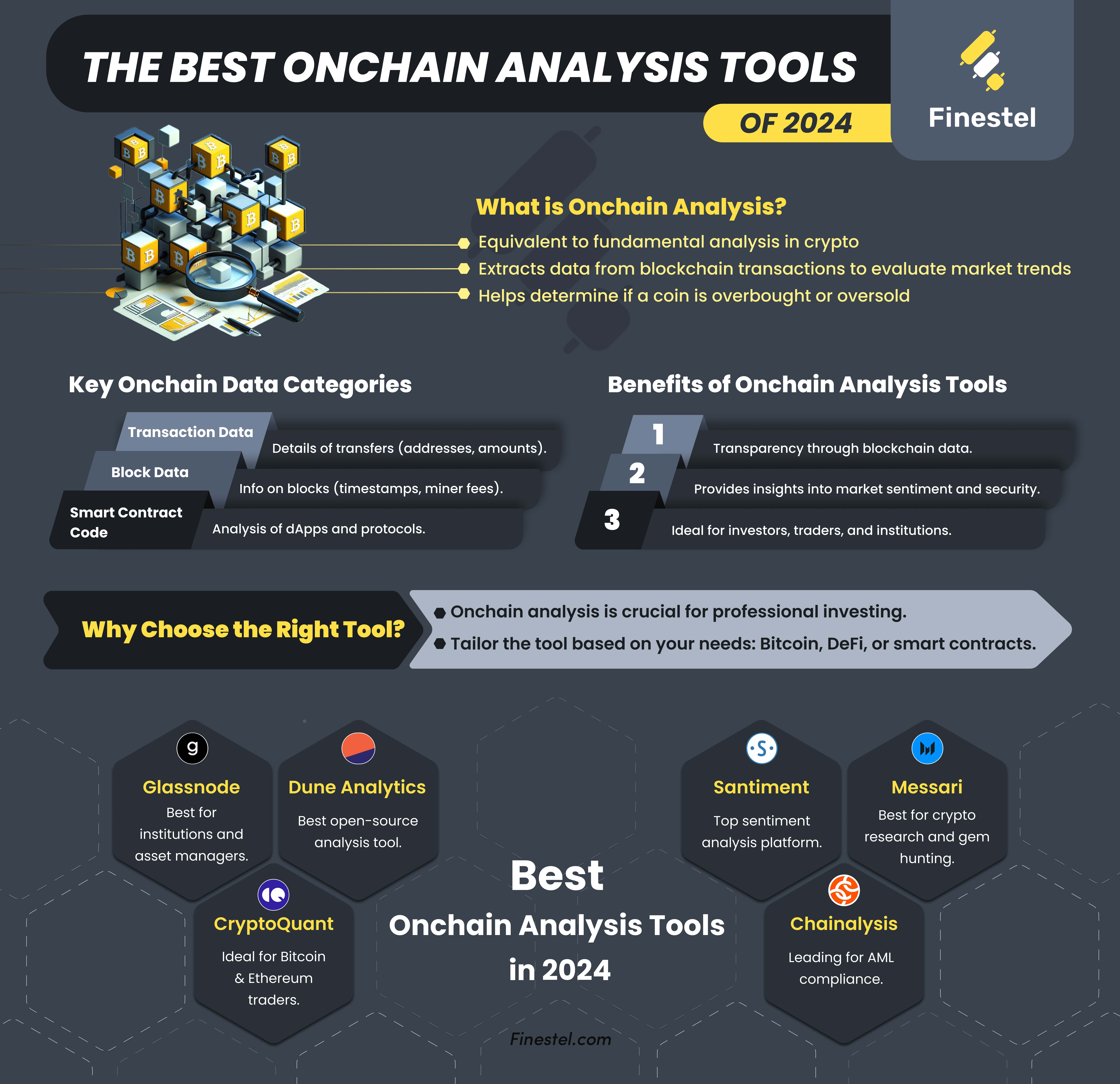Capturing Moments
Your go-to blog for photography tips and inspiration.
Decoding the Blockchain: Unraveling On-Chain Transaction Mysteries
Unlock the secrets of blockchain! Discover the hidden truths behind on-chain transactions and transform your understanding today!
Understanding On-Chain Transactions: A Deep Dive into Blockchain Mechanics
Blockchain technology operates on a decentralized ledger system known as on-chain transactions, which are fundamental to understanding how this innovative framework functions. Each transaction processed on a blockchain is securely recorded in a public ledger, providing transparency and traceability. This means that once a transaction is confirmed, it cannot be altered or deleted, ensuring the integrity of the data. The mechanics behind these transactions involve cryptographic algorithms, consensus mechanisms, and network nodes that validate and propagate these operations across the blockchain. This inherent security and transparency have led to the emergence of various applications beyond cryptocurrency, including supply chain management and smart contracts.
To fully grasp on-chain transactions, it’s essential to understand the components that facilitate their execution. At the heart of each transaction is the concept of wallets, which store digital assets and allow users to send and receive tokens. When a transaction is initiated, it undergoes a process known as mining, where miners compete to solve complex mathematical problems, thereby validating the transaction's authenticity. This process is followed by the addition of the transaction to a new block in the blockchain. The comprehensive understanding of these mechanics not only enriches one’s knowledge of blockchain technology but also highlights the potential impact of on-chain transactions on various industries.

Counter-Strike is a highly popular first-person shooter game that emphasizes team-based gameplay and strategic planning. Players can choose to be part of either the terrorist or counter-terrorist teams, engaging in various objective-driven missions. For those looking to enhance their gaming experience, using a bc.game promo code can provide exciting bonuses.
What Happens During an On-Chain Transaction? Unpacking the Process
An on-chain transaction refers to the process of transferring digital assets directly on the blockchain, enabling transparency, security, and traceability. The dynamic begins when a user initiates the transaction, typically through a digital wallet. The wallet creates a digital signature to authorize the movement of assets and broadcasts this information to the blockchain network. Nodes within the network then verify the transaction by solving complex algorithms, ensuring that both the sender has sufficient funds and the transaction adheres to the network's rules. Once confirmed, the transaction is added to a block, which is then linked to the previous one, forming a permanent chain of data.
After the transaction is added to the blockchain, it becomes immutable, meaning it cannot be altered or deleted. This transparency not only promotes trust among users but also plays a crucial role in preventing fraud. Each transaction on the blockchain is publicly visible, which allows users to track asset transfers and ensures accountability. To further understand the impact of on-chain transactions, it’s essential to recognize the network’s consensus mechanism—whether it’s Proof of Work, Proof of Stake, or another method—as this determines how transactions are validated. In summary, on-chain transactions revolutionize the way we manage and transfer assets, laying the groundwork for a decentralized financial ecosystem.
How to Analyze On-Chain Data: Tools and Techniques for Beginners
Analyzing on-chain data is crucial for anyone looking to understand blockchain networks better. For beginners, the process might seem daunting, but there are several tools and techniques that can simplify this task. One of the primary resources is block explorers like Etherscan or Blockchain.com, which allow users to view transaction histories, account balances, and even smart contract interactions. Additionally, using analytics platforms such as Glassnode or Dune Analytics provides more advanced insights, including network activity and user behavior patterns. Familiarizing yourself with these tools is the first step to mastering on-chain analysis.
Once you have access to the right tools, it's essential to approach your analysis methodically. Start by defining your goals: are you looking to study transaction volumes, user demographics, or network health? Next, utilize data visualization techniques to make sense of complex datasets. Many platforms offer graphing capabilities that can illustrate trends over time. Don't hesitate to explore community forums or tutorials to learn from experienced analysts; this collective knowledge can significantly shorten your learning curve. By combining practical techniques with these robust tools, you'll find yourself well-equipped to dive deep into on-chain data.